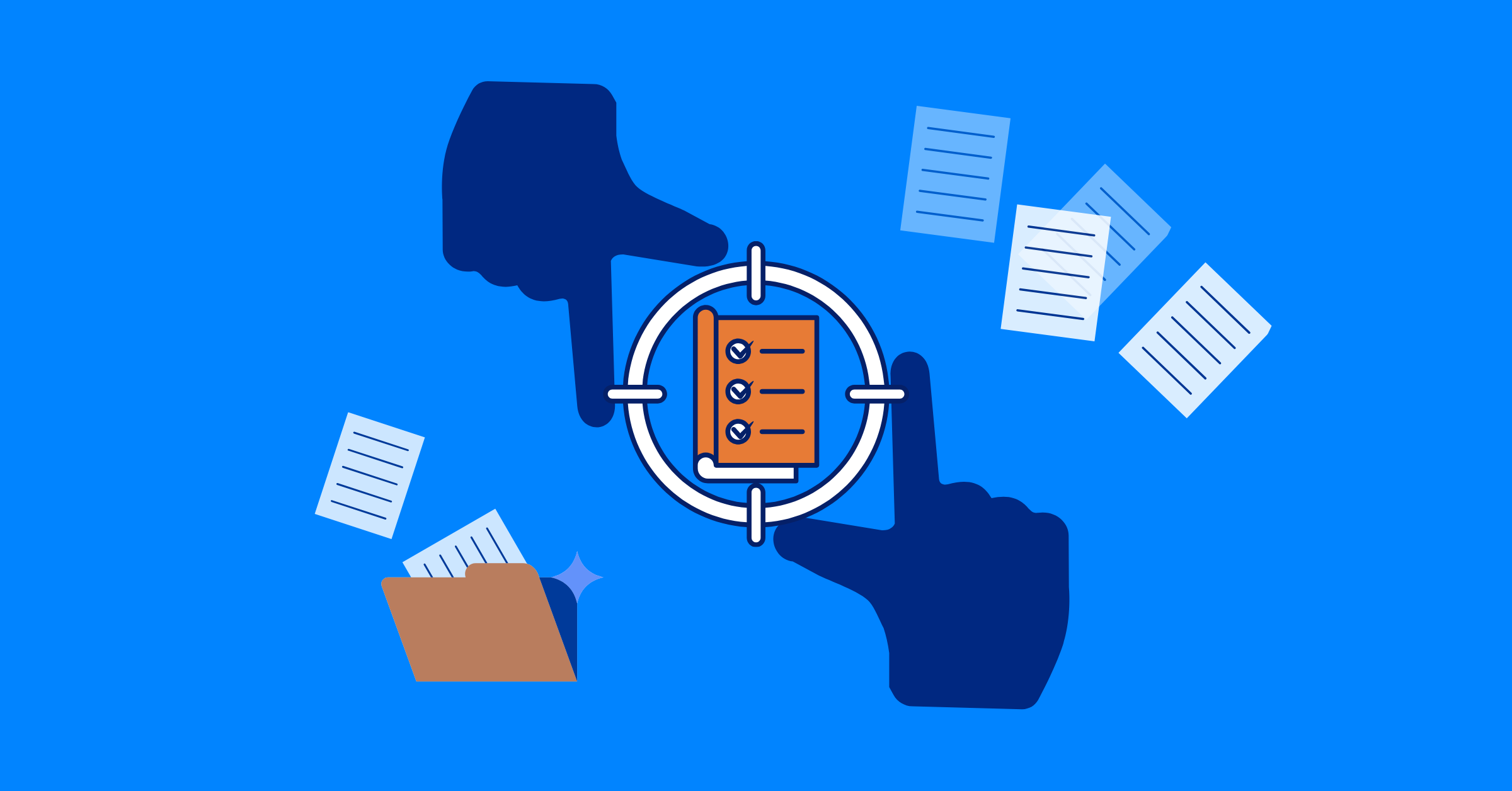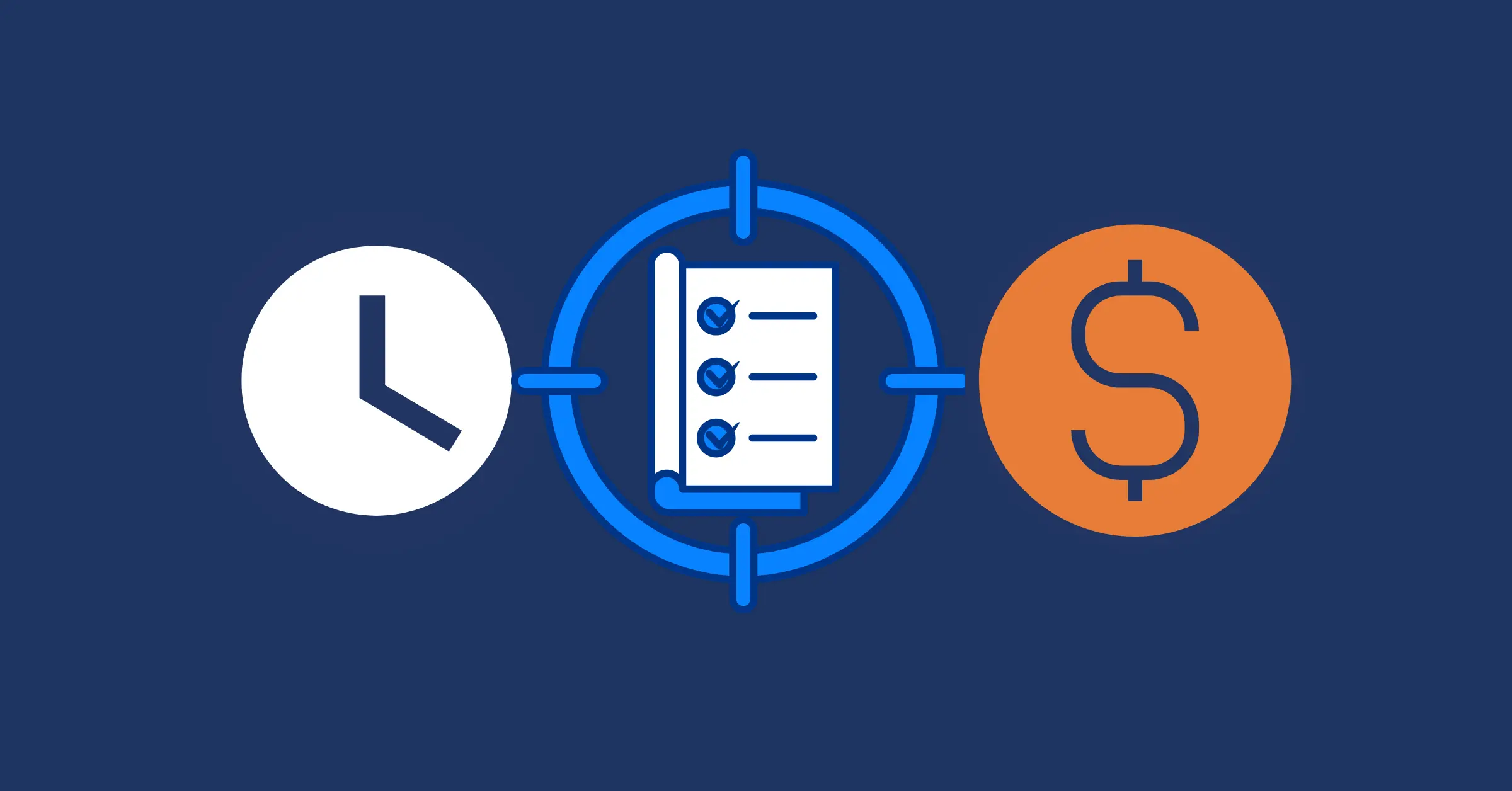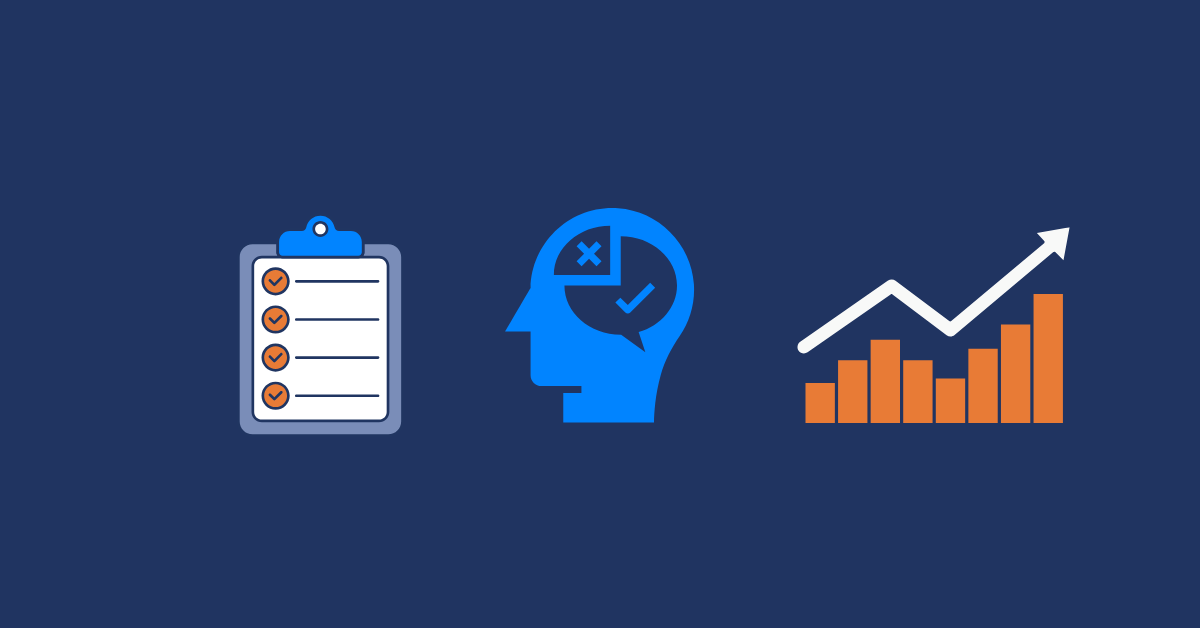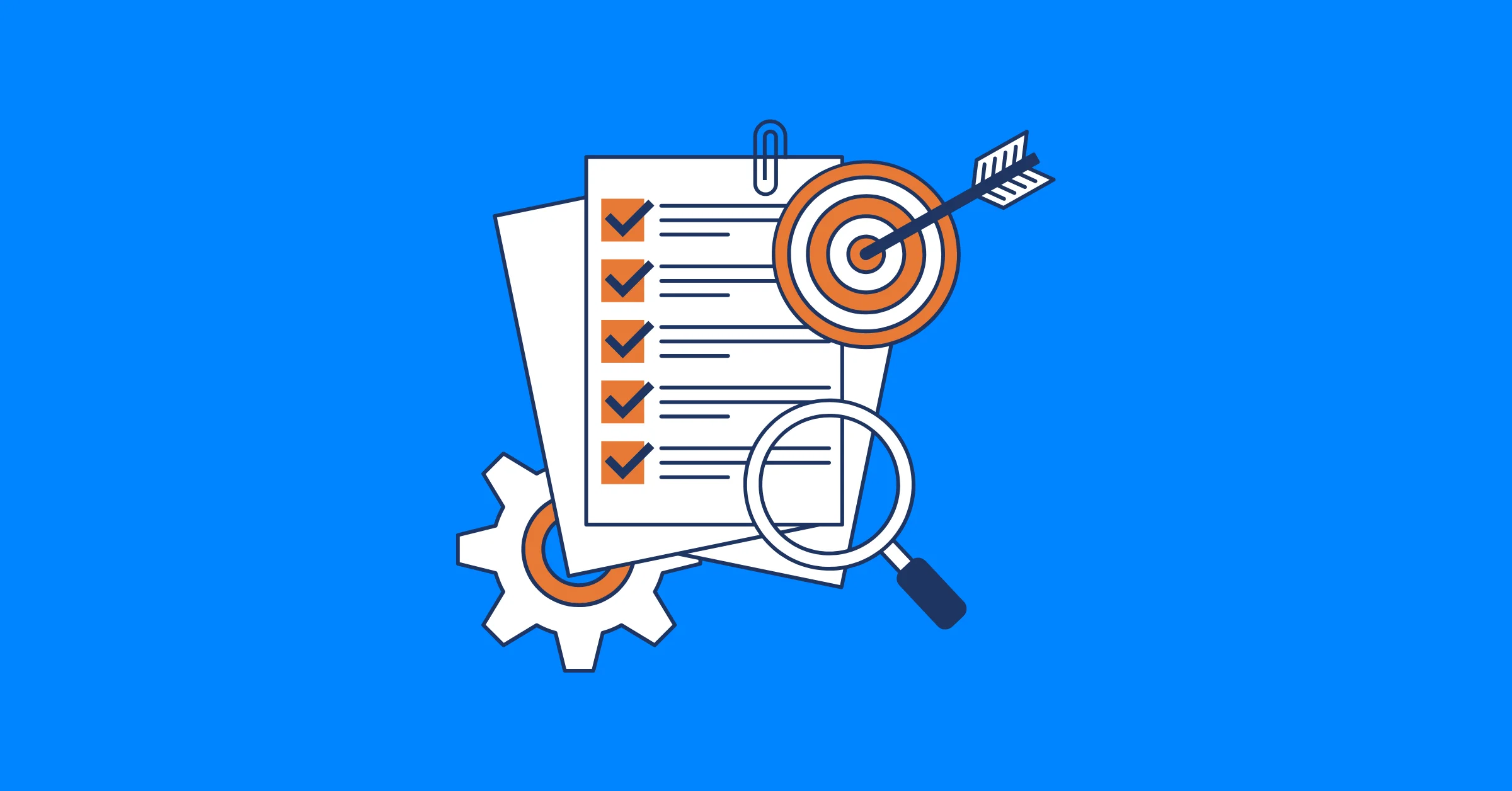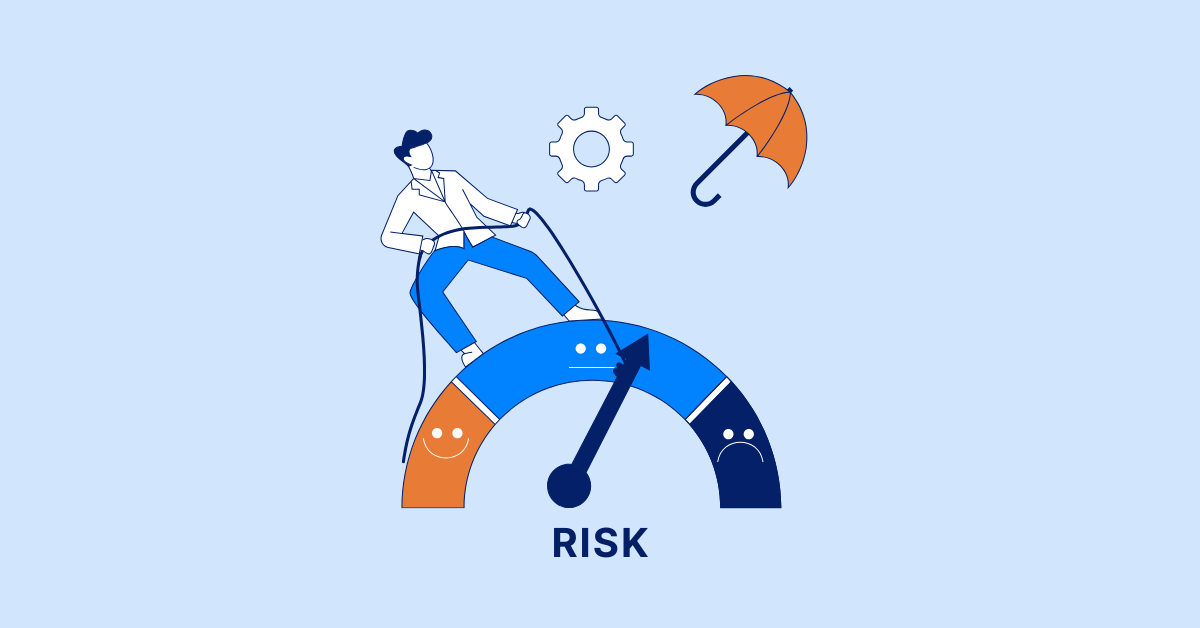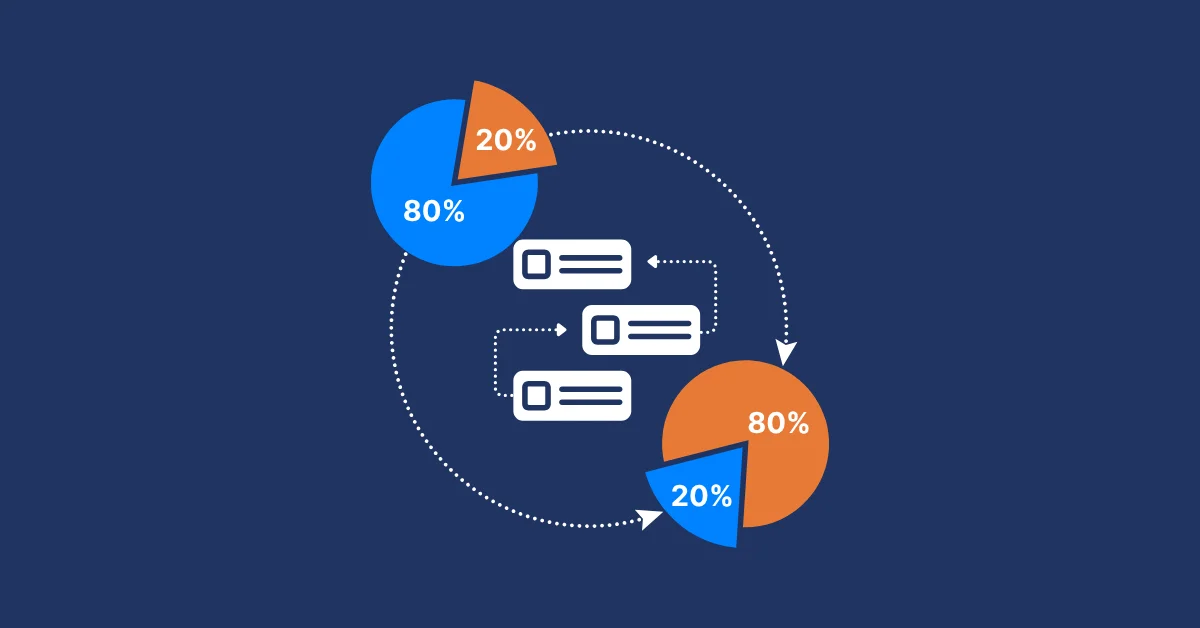Agile Project Management vs Waterfall: What's The Difference?
Agile Project Management vs Waterfall: Compare flexibility vs structure, pros & cons, and find the best approach for your team.
Struggling to decide between Agile Project Management vs Waterfall for your next project? You’re not alone - choosing the right methodology can be a game-changer for your team’s success. Agile Project Management brings flexibility and collaboration to the table, while Waterfall Project Management offers structure and predictability. But how do they compare, and which one fits your needs? In this guide, we’ll explore the key differences between these popular project management methodologies, weigh their pros and cons, and provide practical insights to help you choose. If you’re new to project management, check out the Project Management Guide to get started better.
What is Agile Project Management?
Agile project management is a flexible and iterative approach to managing projects that emphasizes collaboration, adaptability, and customer feedback. Unlike traditional methods that follow a rigid structure, Agile allows teams to work in short, incremental cycles to continuously improve and adapt to changing project requirements.
Key Agile Frameworks
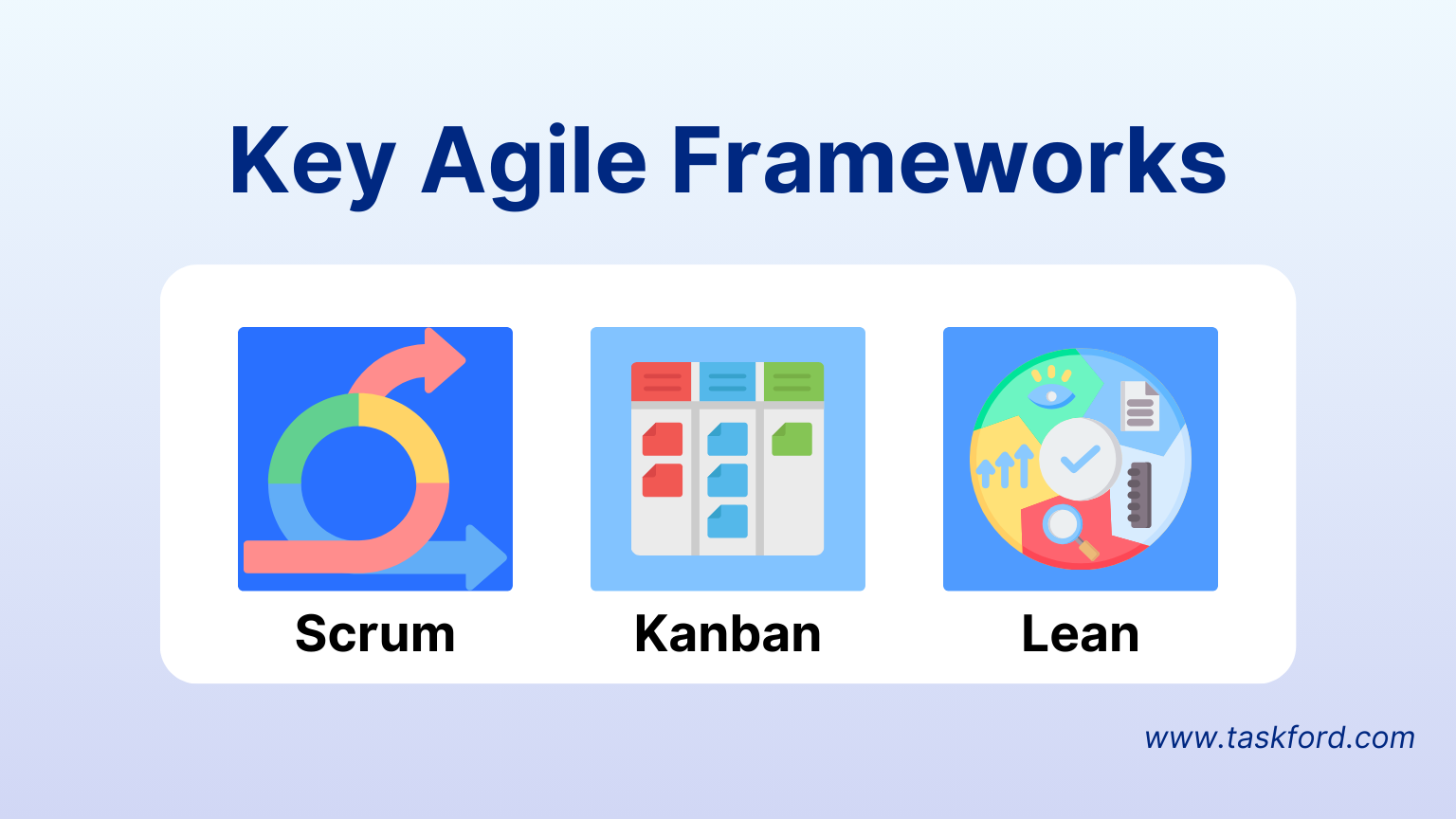
Agile project management is not a single method but a collection of frameworks that help teams implement Agile principles effectively. The most widely used frameworks include:
- Scrum: Scrum is the most widely used Agile framework, structured around sprints—short, time-boxed iterations (1–4 weeks). It involves three key roles: the Scrum Master (facilitator), the Product Owner (task prioritization), and the Development Team (execution). Teams use a product backlog to organize tasks and hold daily stand-up meetings to stay aligned.
- Kanban: Kanban is a visual workflow management system that tracks tasks through stages like To Do, In Progress, and Done using a Kanban board. It operates on a continuous flow model rather than fixed sprints, focusing on limiting work in progress (WIP) to enhance efficiency and prevent bottlenecks.
- Lean Agile: Lean Agile, inspired by Lean manufacturing, aims to eliminate waste, optimize value delivery, and improve efficiency. It emphasizes continuous improvement, ensuring teams refine workflows and maximize productivity while maintaining cost-effectiveness.
Pros and Cons of Agile Project Management
Pros:
-
Adapts seamlessly to changing requirements.
-
Delivers usable outputs quickly, like prototypes.
-
Fosters strong team collaboration and communication.
-
Ensures customer needs shape the final product.
Cons:
-
Harder to predict timelines and budgets.
-
Demands significant team and stakeholder involvement.
-
Risks scope creep without strict oversight.
What is Waterfall Project Management?
Waterfall Project Management is a structured, linear, and sequential approach to managing projects, where progress flows in a single direction - similar to a cascading waterfall - through clearly defined and consecutive phases. Each phase must be completed before moving to the next, and changes are generally difficult to make once a phase is finished. Since Waterfall follows a fixed sequence, any modifications or revisions after a phase is finalized can be costly and time-consuming, often requiring extensive rework.
Key Characteristics of Waterfall Project Management
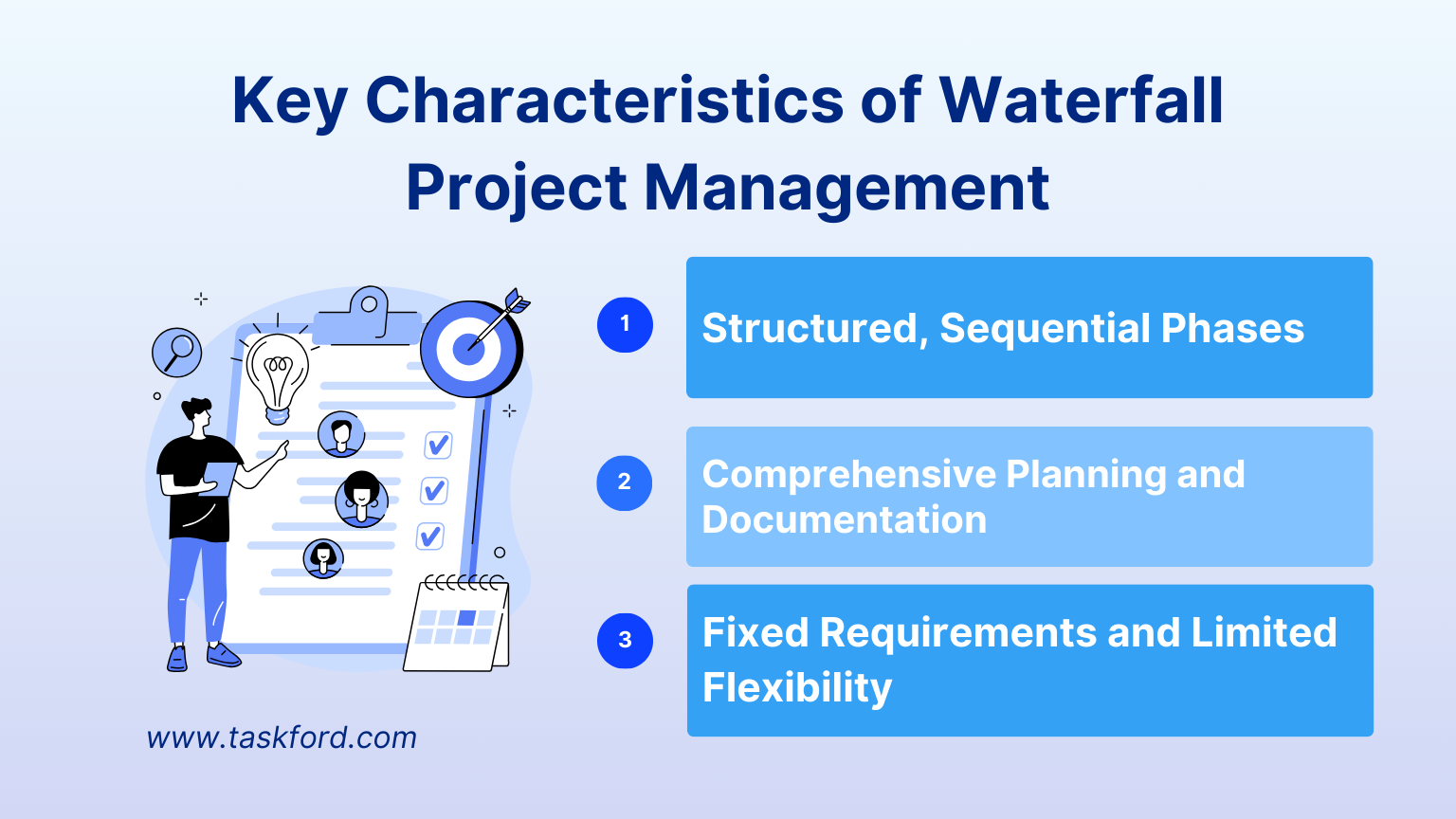
- Structured, Sequential Phases: The project follows a linear, step-by-step process, progressing through planning, design, development, testing, and deployment in a fixed order. Each phase must be fully completed and approved before advancing to the next, ensuring a structured workflow with minimal deviations.
- Comprehensive Planning and Documentation: All project details, including scope, timeline, budget, and deliverables, are meticulously defined before execution begins. This proactive approach minimizes uncertainties and ensures alignment with project objectives.
- Fixed Requirements and Limited Flexibility: Once project requirements are established, they remain unchanged throughout the development cycle. Mid-project modifications are discouraged, as they can disrupt progress and require extensive rework. It is best suited for projects with clear, stable objectives where predictability is a priority.
Pros and Cons of Waterfall Project Management
Pros:
-
Offers clear timelines and budgets from the start.
-
Ensures a logical, orderly workflow.
-
Provides robust documentation for compliance or reference.
-
Simplifies management with defined milestones.
Cons:
-
Struggles to adapt if requirements change.
-
Delays feedback until the project’s end.
-
Risks amplifying early errors through later phases.
Agile Project Management vs Waterfall: A Side-by-Side Comparison
To clarify the Agile vs Waterfall comparison, here’s a detailed look at how they differ across key aspects. This side-by-side analysis highlights flexibility, speed, predictability, and more, helping you weigh Agile Project Management vs Waterfall for your specific needs.
| Aspect | Agile Project Management | Waterfall Project Management |
|---|---|---|
| Approach | Iterative and adaptable, utilizing short sprints to refine work progressively. | Sequential and structured, completing each phase before advancing to the next. |
| Planning | Minimal initial planning, adjusted based on ongoing feedback and insights. | Comprehensive planning is conducted upfront, establishing a fixed roadmap. |
| Speed | Rapid delivery of incremental outputs, such as prototypes or features. | Delivery occurs at project completion, following a longer timeline. |
| Predictability | Lower predictability due to its embrace of evolving requirements. | High predictability, adhering closely to the initial plan. |
| Team Roles | Collaborative, with team members contributing collectively to decisions and adjustments. | Defined roles, with individuals focusing on specific phases or tasks. |
| Change Flexibility | Accommodates changes, even in later stages of the project. | Limited flexibility, with changes difficult to implement post-phase completion. |
| Best For | Projects with evolving requirements, such as software development. | Projects with clear, unchanging objectives, such as construction or manufacturing. |
In evaluating Agile Project Management vs Waterfall, the choice hinges on project-specific needs rather than one methodology outperforming the other universally. Agile excels in environments requiring innovation and responsiveness, while Waterfall provides a disciplined framework for projects with established parameters. TaskFord supports both approaches effectively, offering sprint planning tools for Agile and Gantt chart functionality for Waterfall, ensuring seamless execution regardless of the selected method.
Real-World Examples of Agile and Waterfall in Action
Understanding Agile Project Management vs Waterfall becomes easier with real-world context. Here’s how these methodologies play out in practice, showcasing their strengths and challenges.
Agile in Action: Software Development
Consider a tech startup launching a new app. The team starts with a basic version, releases it in two-week sprints, and gathers user feedback to refine features—like adding a payment option after launch. Agile’s flexibility lets them adapt to market demands quickly, using TaskFord’s sprint tools to track progress. However, the shifting scope might push deadlines, requiring careful management to avoid overextension.
Waterfall in Action: Construction Projects
Now picture a company building a new office tower. The project begins with detailed blueprints, followed by foundation work, framing, and finishing - each phase is signed off before the next starts. Waterfall’s structure ensures the budget and timeline stay on track, with TaskFord’s Gantt Chart mapping it out. However, if a client requests a design change mid-build, the rigidity could lead to costly delays.
Agile Project Management vs Waterfall: Which Fits Your Team?
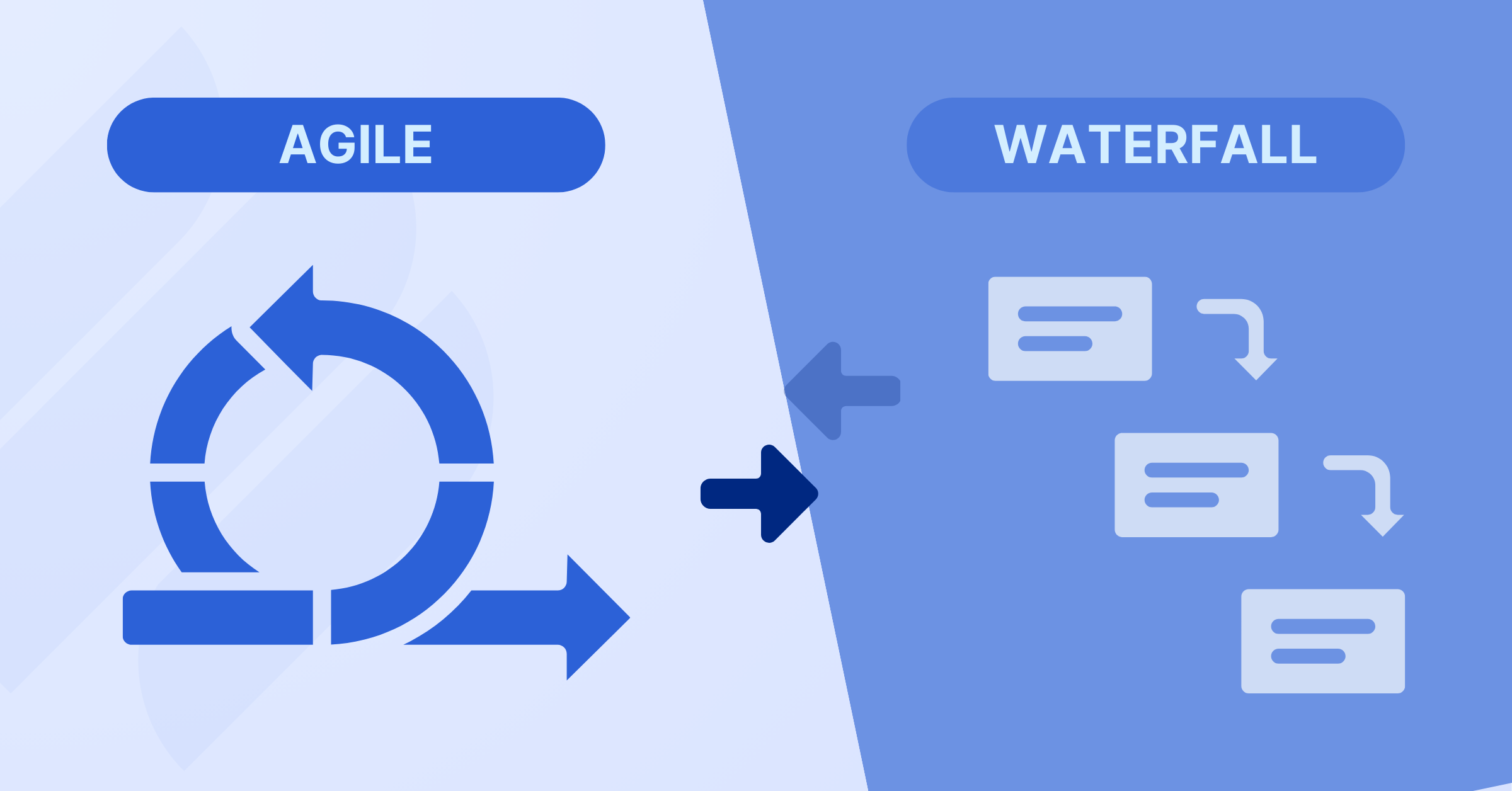
Choosing between Agile and Waterfall depends on the nature of your project, team dynamics, and the level of flexibility required. Here’s when each approach works best:
When to Use Agile Project Management
Agile shines in dynamic settings. It’s ideal for projects with uncertainty—like app development with shifting features—where speed and adaptability trump a fixed plan. Tech startups and creative teams thrive here, leveraging TaskFord’s project management features and sprint tools to stay agile.
When to Use Waterfall Project Management
Waterfall excels when stability is key. It’s perfect for projects with clear requirements upfront—like building infrastructure or regulated software—where thorough planning and documentation matter. Industries like healthcare or engineering benefit from TaskFord’s Gantt charts to maintain order.
Conclusion
Agile Project Management vs Waterfall boils down to a choice between flexibility and structure. Agile empowers teams to innovate and adapt, ideal for evolving needs, while Waterfall ensures predictability and discipline for well-defined goals. TaskFord supports both seamlessly, offering tools like sprint planning for Agile and Gantt charts for Waterfall. Ready to streamline your projects? Try TaskFord today and find the perfect methodology for your team.
Making work simpler,
smarter, and more connected
Join our waitlist and be notified first.

Related Blog
Subscribe for Expert Tips
Unlock expert insights and stay ahead with TaskFord. Sign up now to receive valuable tips, strategies, and updates directly in your inbox.

